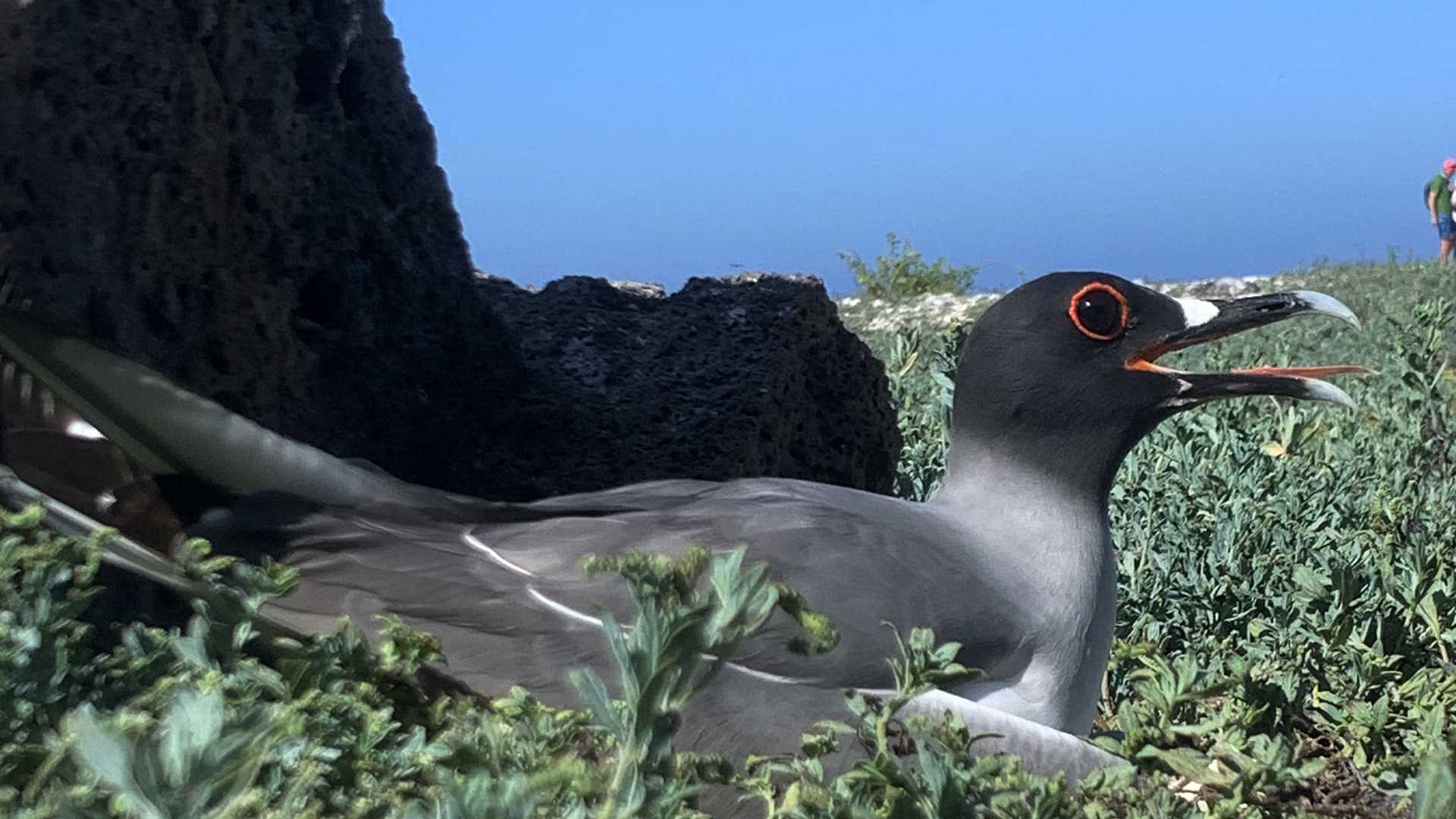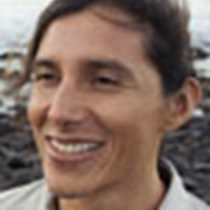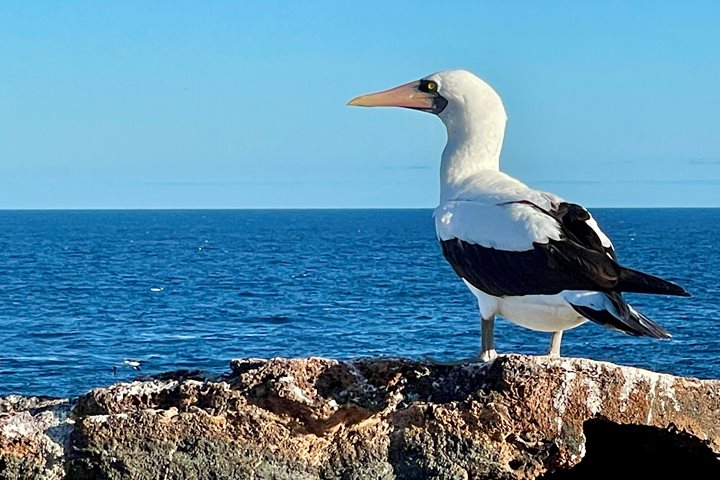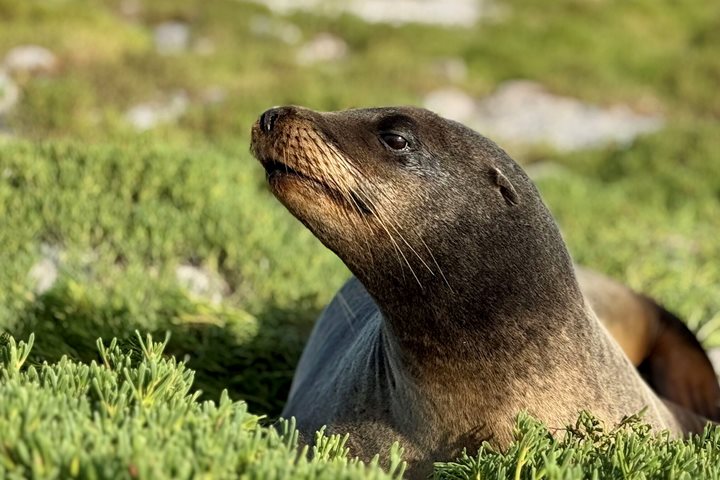We visited Genovesa Island today. This collapsed caldera is a unique place where thousands of seabirds can be observed at different life stages. We disembarked in the morning for a natural history walk along the beach at Darwin’s Bay, followed by kayaking and snorkeling in the bay. In the afternoon, we explored Prince Philip’s Steps. We finished our last full day in the Galapagos with a toast aboard National Geographic Islander II.
- Daily Expedition Reports
- 18 May 2024
Genovesa Island, 5/18/2024, National Geographic Islander II
- Aboard the National Geographic Islander II
- Galápagos
Javier Carrion, Naturalist
Javier grew up on Santa Cruz Island where his grandparents first arrived in the 1940´s. Veritable pioneers, his grandparents settled in the highlands where they found a place to raise their children.
Read MoreShare Report
Galápagos Escape: A 7-Day Voyage
VIEW ITINERARYRelated Reports
6/13/2025
Read
National Geographic Islander II
Santiago Island
We started our day early in the morning at Chinese Hat. As our kayaks glided in the water, we had our first opportunity to watch Galapagos penguins swimming beside us. As we got closer to the shoreline, lava herons and blue-footed boobies stood motionless on the lava, watching our groups pass. In the late morning, we had the opportunity to have a very intimate moment with Galapagos penguins while they were hunting black-striped salemas. Penguins swam back and forth, trying to get as many fish as possible. The lunar landscape of Chinese Hat gave us an opportunity to observe the candelabra cactuses that grow on this recently formed lava field. In the afternoon, our expedition took us to Sullivan Bay. During a hike, we enjoyed one of the most amazing lava landscapes in the Galapagos. The visitor site invited us to think deeply about the genesis of life in the Galapagos Islands and how plants and animals arrived and established themselves here. As we returned to the ship, a beautiful sunset invited us to reflect on the geological and geographic qualities that make the Galapagos truly unique.
6/12/2025
Read
National Geographic Islander II
South Plaza and Santa Fe Islands
Our expedition on board National Geographic Islander II took us to the captivating South Plaza and Santa Fe Islands. We were treated to an extraordinary day of wildlife encounters and breathtaking landscapes, leaving us with a deeper understanding of the island’s unique ecosystems.







